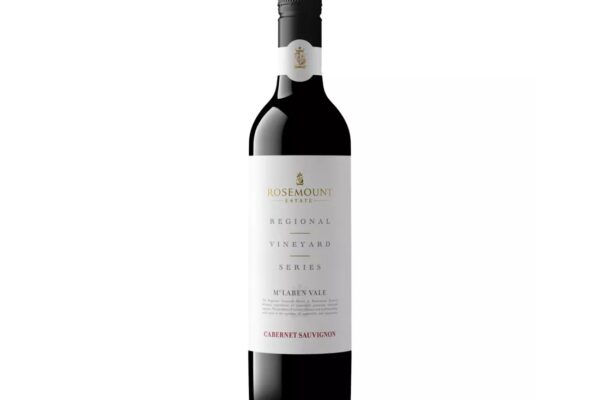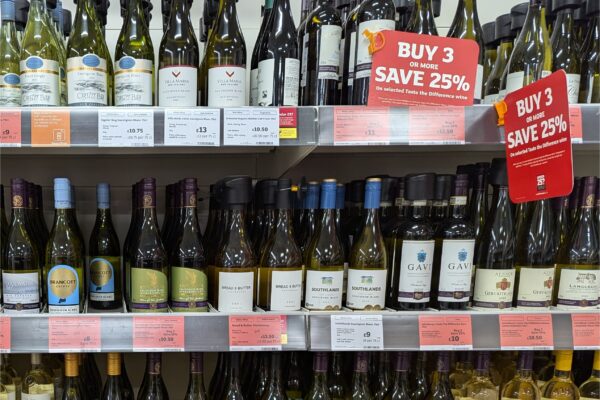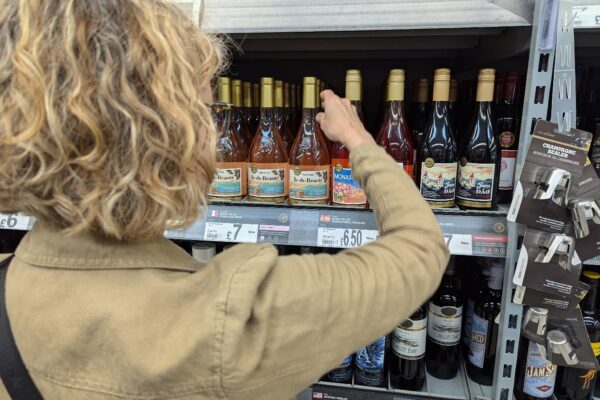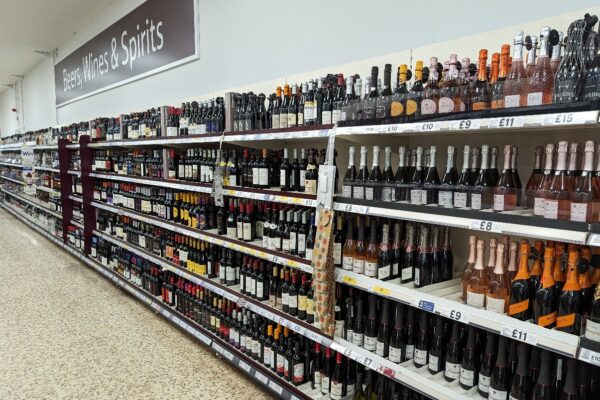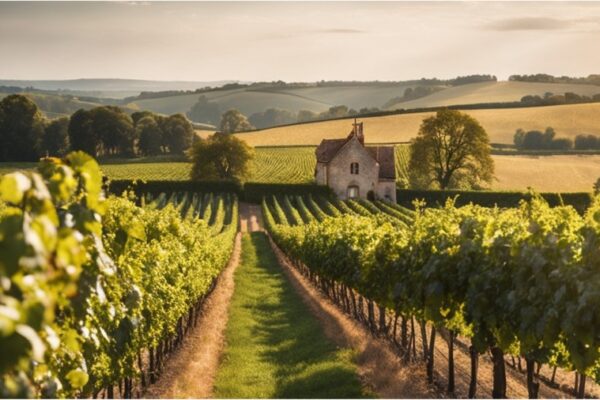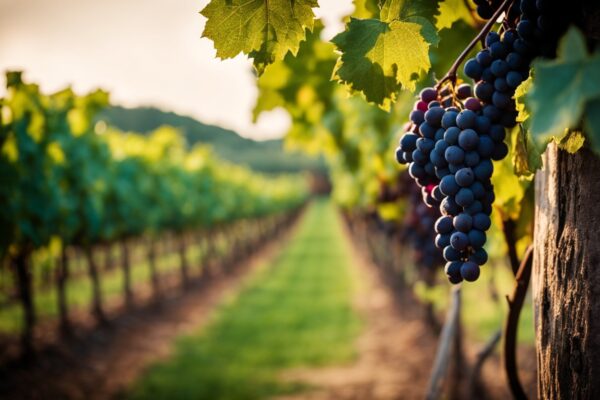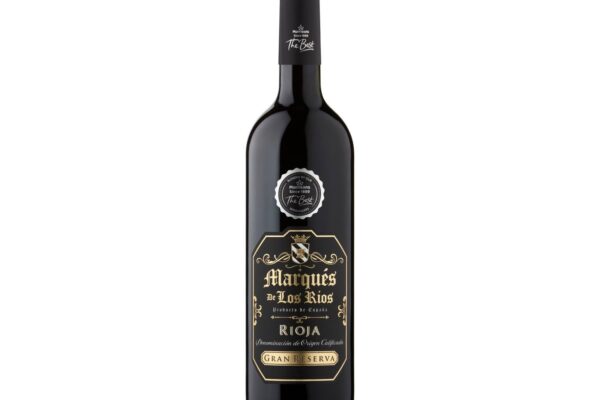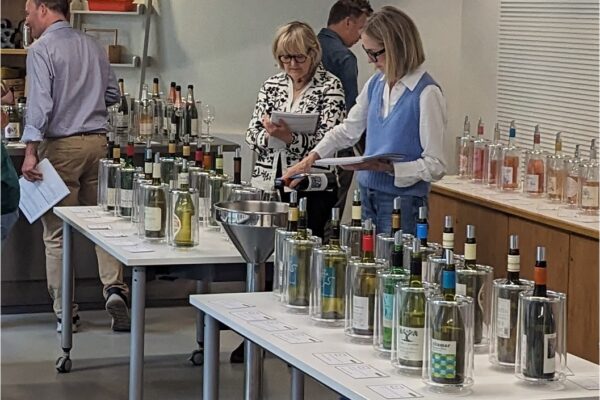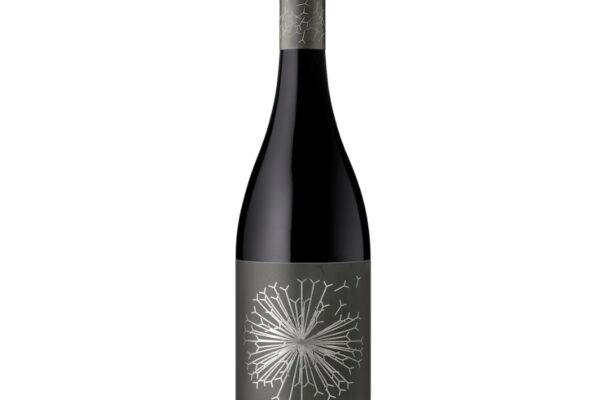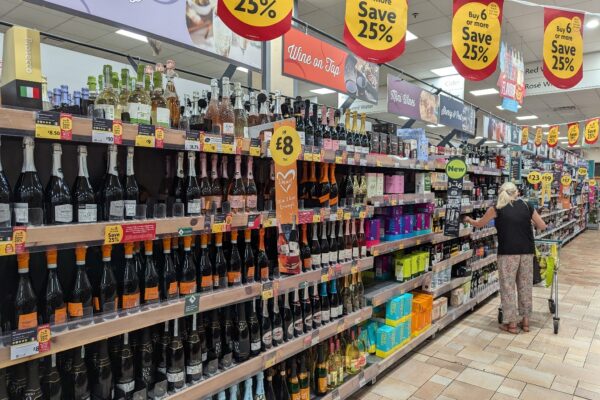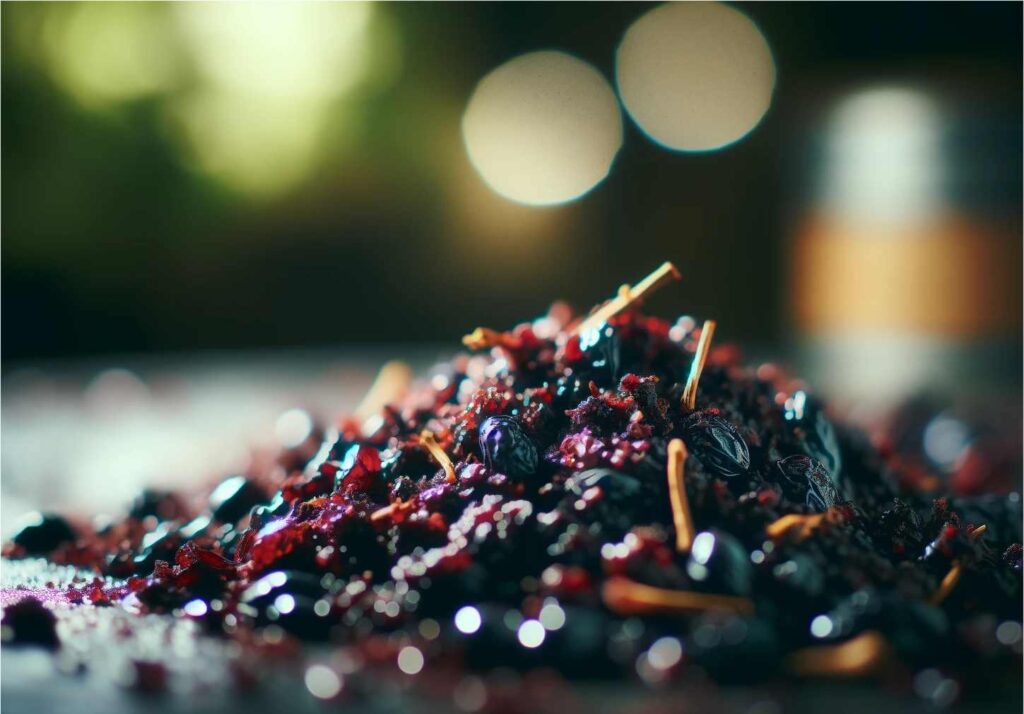
There’s new, interesting research from the University of Aveiro, Portugal, into the waste products, wine residues, from creating wine and how they can can be re-used to provide for more sustainable production. Wine residues are a complex mix of grape stalks, pomace (the solid remains of grape pressing), lees and wastewater. They are not just a disposal problem but a source valuable resources.
The journey of transforming wine waste into wealth begins with an understanding of its composition. Grape stalks, a significant portion of this waste, are rich in cellulose, hemicelluloses and lignin. Traditionally, they were either discarded or used in limited applications like fertilisers or animal feed. However, recent innovations have opened doors to more exciting uses. These fibrous materials are now seen as a potential source of bioenergy, especially in the form of pellets, offering a sustainable alternative to fossil fuels.
Grape pomace, another major by-product, is abundant in sugars, phenolic compounds and unsaturated fatty acids. The sugars in grape pomace can be biologically converted into a variety of bioproducts like bioethanol, biogas and bacterial cellulose. These conversions not only provide a sustainable energy source but also contribute to reducing greenhouse gas emissions.
The phenolic compounds in grape pomace, particularly in the grape skins, are useful for the food and biomedical industries. Extracts rich in these compounds can be used as food additives, offering health benefits and enhancing food quality. Furthermore, the unsaturated fatty acids in grape seeds are a source of high-quality, food-grade oil with potential biomedical applications.
The concept of a wine waste-based ‘biorefinery’ integrates these various processes, transforming an environmental challenge into an economic opportunity. In this integrated approach, different components of the wine waste are sequentially processed to extract maximum value. This model aligns perfectly with the principles of a circular economy, where waste is minimised, and every component is used efficiently.
However, the road to fully realising the potential of wine waste is not without its challenges. The small size of many wine companies and the seasonal nature of winemaking pose logistical and economic hurdles. Additionally, while the technology for converting wine waste into valuable products exists, scaling it up for industrial use requires significant investment and research.






